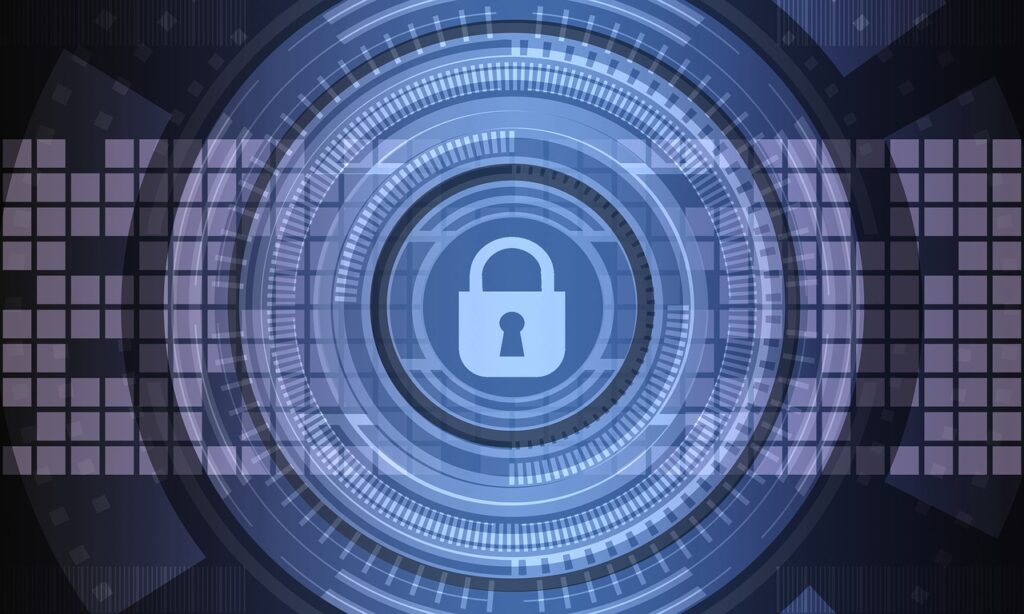On Wednesday morning, Qantas experienced a data breach, allowing users of the airline’s app to glimpse the personal details of fellow frequent flyer program members. These details included the name, flight details and loyalty status of passengers prompting concerns over data privacy. Qantas shares saw a 1.2% decline in Wednesday’s trading session.
Although Qantas claimed to have resolved the issue by lunchtime, customers found themselves still able to view other passengers’ details, such as boarding passes, frequent flyer balances, and flight history, later in the day. Notably, the breach did not compromise financial information.
Qantas has clarified that they are not treating the issue as a cybersecurity incident and that an internal investigation suggested the issue might have been caused by recent system changes.
Issues akin to the present one have surfaced in the past within various applications, including those belonging to banks, Mercedes-Bens and US telco T-Mobile. These challenges often arise from misconfigured technology upgrades implemented by the respective companies, leading to disruptions in service. While companies generally address such issues swiftly upon discovery, the aftermath may extend beyond immediate resolution, potentially impacting user trust and operational integrity.
The occurrence at Qantas follows a series of data breaches encountered by airlines in recent times, involving malicious intrusions into their systems. For instance, Spain’s Air Europa disclosed last year that its online payment system had been targeted in a cyberattack, resulting in the exposure of certain credit card details, as reported by Reuters.
As businesses navigate an increasingly perilous digital landscape, investing in robust cybersecurity measures has become indispensable to mitigate risks and uphold the integrity of data assets. The potential ramifications of entrusting data security to chance are immense, including substantial financial losses, disruptions in operations, and compromising customer data. But where do you begin in safeguarding your organisation against such threats?
What can you do to avoid Qantas’s mistake?
- Data Encryption
Encryption is a crucial measure to ensure that even if unauthorised individuals gain access to your data, they cannot decipher it without the decryption key. Implementing robust encryption protocols across all sensitive data, both in transit and at rest, adds an extra layer of protection against data breaches.
Additionally, regularly creating backups of your data is essential to mitigate the impact of potential data loss due to cyber incidents such as ransomware attacks or hardware failures. These backups should be stored securely, preferably in an offsite location or on a separate network, to prevent them from being compromised along with the primary data.
- Employee Awareness
Employees are often the weakest link in an organisation’s cybersecurity defence. Conducting regular training sessions to educate employees about the latest cyber threats and best practices for data protection is essential. Phishing attacks, where malicious actors attempt to deceive individuals into divulging sensitive information or downloading malware by posing as legitimate entities, remain one of the most prevalent and effective methods used by cybercriminals. Training should cover topics such as how to recognise suspicious emails, including common indicators such as unexpected attachments, misspelled sender addresses, or urgent requests for sensitive information.

- Regular Software Updates
Hackers often exploit outdated software and unpatched systems to gain unauthorised access to networks and steal sensitive information. By staying vigilant and promptly applying security patches and updates provided by software vendors, organisations can close off potential entry points for cyber-attacks and maintain a more secure computing environment. Implementing automated patch management systems can streamline the process of keeping systems up to date, ensuring that critical updates are applied promptly across the organisation’s IT infrastructure.
How can Polonious help?
Polonious can enhance overall cybersecurity posture by providing a centralised and streamlined platform for managing cybersecurity incidents. Our workflow automation capabilities ensure that incident response processes are followed efficiently, reducing the risk of delays or oversights. Explore the possibilities of integrating Polonious into your organisational framework by requesting a free demo here.
Table of Contents
Let's Get Started
Interested in learning more about how Polonious can help?
Get a free consultation or demo with one of our experts




